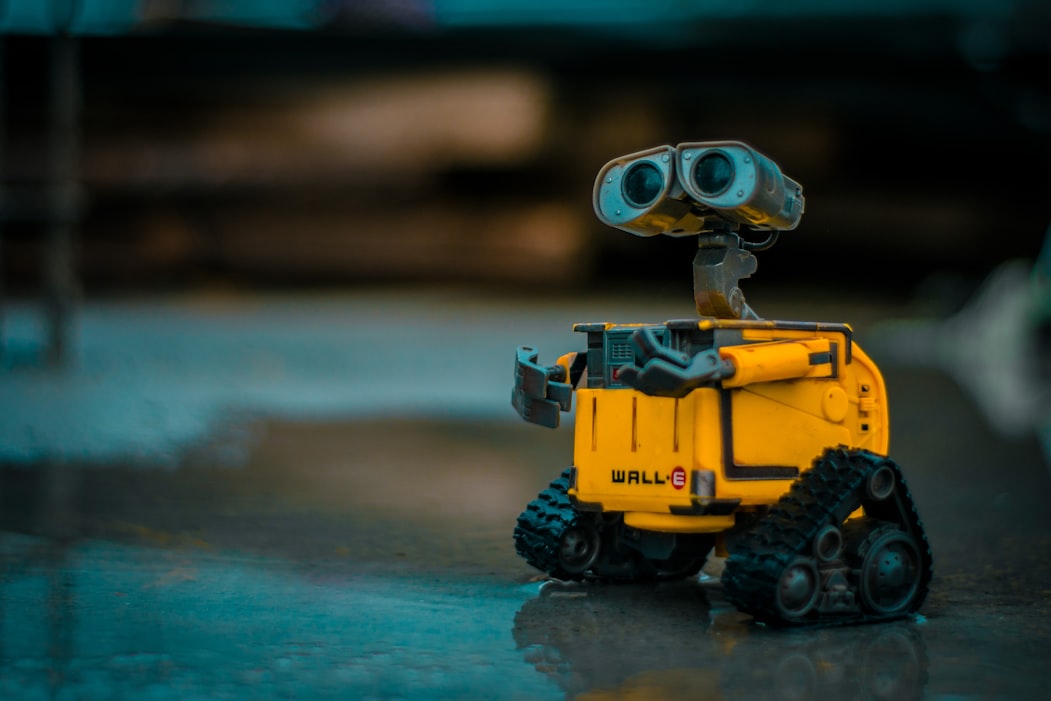Are Telepresence Robots in Our Near Future?
A new research study carried out by Oregon State University discusses how telepresent robots help university students learning remotely to feel more a part of the class. These findings, described in the journal Robotics and Automation Letters, come strikingly on time amidst the COVID-19 pandemic that forced the world into shelter.
"Students engage in distance learning for many reasons," says study lead author, Naomi Fitter of the OSU College of Engineering. "There are fundamental challenges in distance learning, such as the need to find a way to train students in the time management and active listening skills typically developed during higher education. Distance learners are also susceptible to missing out on benefiting from their peers -- effective social interaction while learning leads to better critical thinking and longer-term information retention."
Learn more about telepresence:
"Participants generally used the robots to view the lecture, ask questions during the lecture, and move around during breaks to talk to friends or instructors," Fitter said. "When asked to choose a single favorite method for attending class, nine participants chose in-person attendance, eight chose the DLT resources, and one chose the telepresence robot."
"Despite reporting certain challenges, participants seemed to have overall positive experiences using the telepresence robots," Fitter said. "Understanding how to use technologies to keep people connected will increase in importance in this world of increasingly spread-out families, teams and classes."
Source: Science Daily









